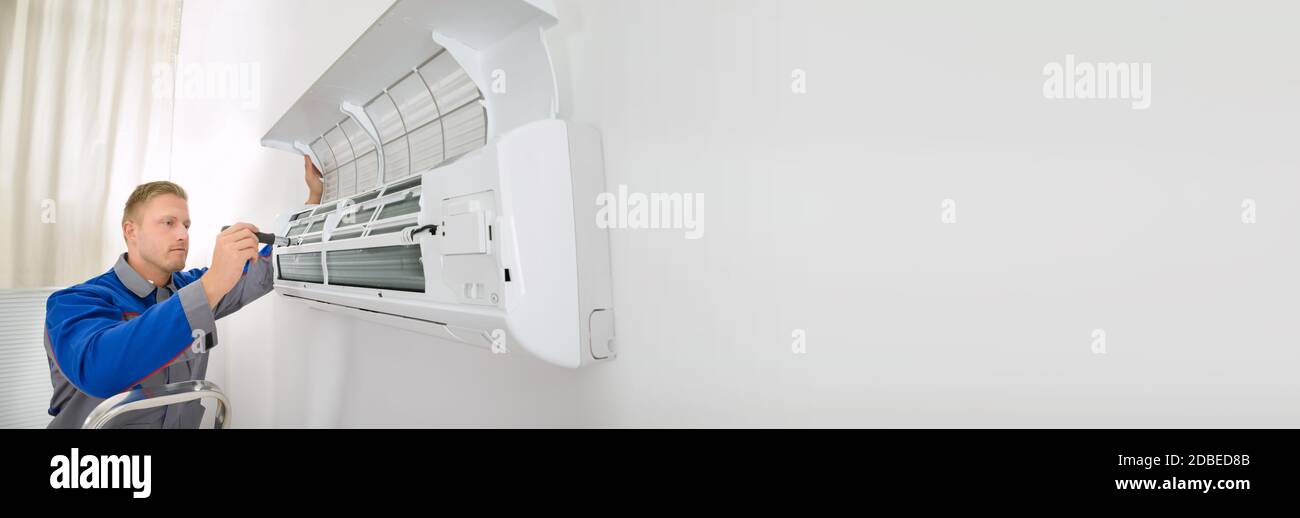Heating, ventilation, and air conditioning, ventilation systems, and cooling systems, commonly known as HVAC, is a critical part of modern life that many people often overlook. From the comfortable warmth of a heated home in winter to the crisp air of air conditioning during intense summers, HVAC systems play a crucial role in our well-being and satisfaction. The history of HVAC is a fascinating journey that showcases human ingenuity and technological advancements over the decades, transforming the way we manage our indoor environments.
As we delve into the development of HVAC, we will explore how these systems emerged, their development through the years, and the improvements that have shaped today's heating and cooling solutions. Whether you are a property owner looking to enhance your system or a business owner seeking efficient climate control, comprehending the history and function of HVAC is key to making wise decisions. Join us as we uncover the significant events in HVAC history and how they relate to the ease and effectiveness of our residential and business spaces.
Grasping HVAC Systems
Heating, Ventilation, and Air Conditioning, which refers to heat, airflow, and cooling, is a essential component in not only domestic and commercial structures. Its main purpose is to offer comfort by controlling indoor temperatures, controlling humidity levels, and guaranteeing high air standard. air conditioner installation combine various technologies to enable warmth during cooler seasons and refreshing during warmer months, making them necessary for all-season comfort.
The parts of an HVAC system typically include a furnace or heat generator for warmth, an cooling unit for cooling, ducting for distributing temperature-controlled air, and ventilation systems to introduce clean air and remove stale air. AC installation in HVAC innovation have produced improved energy effectiveness and greater control over heating and cooling settings, often featuring intelligent technology that enables homeowners and businesses to optimize their energy consumption and lower expenses.
An optimal HVAC setup not only boosts convenience but also plays a significant role in upholding indoor air standards. By cleaning and distributing air, these units help to allergens and pollutants, which is especially critical for individuals with respiratory issues. Proper knowledge and maintenance of HVAC components can create a better living space and more efficient functioning, eventually conserving energy and reducing utility bills.

HVAC Upkeep and Effectiveness
Routine maintenance of your HVAC equipment is vital for ensuring its efficiency and longevity. A regularly serviced system not only performs more efficiently but can also lead to substantial savings on utility bills. Basic maintenance tasks include replacing air filters frequently, cleaning air passages, and checking the thermostat configuration. By keeping these components in good condition, you can eliminate unnecessary strain on the equipment, which often results in costly repairs and excessive energy use.
In alongside regular upkeep, annual maintenance is crucial for improving your equipment's effectiveness. Autumn and autumn are perfect times to book qualified tune-ups, as these periods typically involve switching between heating and and cooling modes. Technicians can check various aspects, such as refrigerant quantity, electrical connections, and motor performance, ensuring that your system operates smoothly when it is most required the most. Ignoring these periodic check-ups can lead to unforeseen breakdowns when temperatures spike or plummet.
Boosting the effectiveness of your HVAC unit can also be achieved through intelligent technology and upgrades. Using a programmable thermostat provides better temperature control depending on your routine, reducing energy consumption when you are away. Moreover, consider investing in energy-efficient appliances or divided heating and cooling solutions. Over time, these improvements can greatly enhance system efficiency, reduce your carbon footprint, and lead to considerable cost savings on power bills.
Innovations in HVAC Technology
The HVAC industry has seen significant tech innovations over the time, leading to increased efficiency and greater comfort for homeowners. Intelligent thermostats are a key advancement, allowing users to control their climate control systems remotely. These devices understand user choices and tweak settings on their own, resulting in reduced energy consumption and decreased energy costs. Additionally, integration with smart home technology enables seamless control of HVAC with other intelligent home gadgets, boosting overall comfort.
Another innovation in HVAC technology is the creation of VRF systems. These units enable accurate temperature control and efficient operation by controlling the amount of refrigerant flowing to indoor units based on demand. This versatility not only enhances comfort but also significantly lowers energy usage compared to older systems. air conditioning replacement in ductless mini-split systems have made heating and cooling more available for houses without existing ductwork, allowing for customized climate control in specific spaces.
Ground-source heat pumps represent another cutting-edge solution in HVAC systems. By utilizing the earth's stable subsurface temperatures, these systems can provide efficient heating in the chilly season and cooling in the warm season, often with meaningful energy savings. The initial investment may be higher, but the long-term advantages include decreased energy expenses and a reduced carbon footprint. As innovation continues to evolve, HVAC systems are becoming more advanced, increasingly efficient, and better aligned with sustainable practices, defining the future of HVAC solutions.
